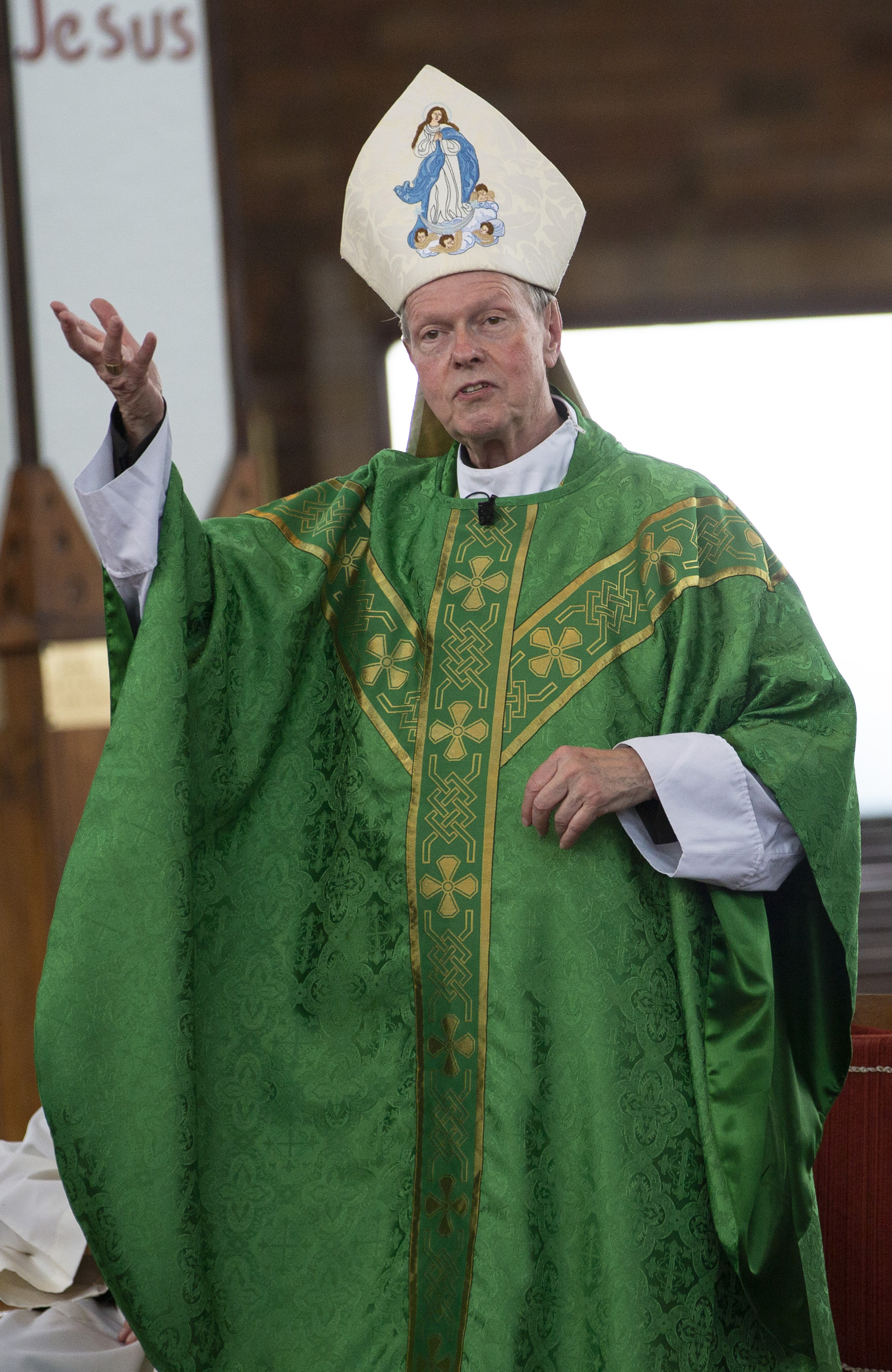April 6, 2018 at 1:53 p.m.
OUR NEIGHBOR'S FAITH
Easter and Pascha: Why calendars differ
The reasons for the differences in the calendar can be found by looking back over the past 1,700 years at the people, places and events that influenced this occurrence.
When the First Ecumenical Council met in Nicea (now Iznik, Turkey), the focus was to hammer out the basics of Christology and produce an agreed-upon creed. The 318 church fathers assembled had a secondary task: to arrive at a common date for Easter.
Certain churches of the East followed the Hebrew lunar reckoning of the 14th Nissan, since the Gospel sets the Passion narratives in the context of the Jewish Passover. The assembly adjusted to the Greco-Roman solar calendar established by Julius Caesar, but took into account the lunar element. The trigger was the spring equinox.
The full moon that followed the equinox was the second calculation. The Sunday that coincided with or followed the full moon determined Easter. For a millennium and a half, the Church had a common date to celebrate its holiest of feasts.
In the Middle Ages, it became apparent that Julius Caesar's calendar was losing minutes, adding up over the centuries to almost two weeks! The Gregorian calendar, also called the Western calendar, was introduced by Pope Gregory XIII in 1582.
Vatican astronomers and a Calabrian physician corrected the lapse by a leap of 13 days. The Catholic countries of Europe followed suit. The Russian Empire adopted it as a civil calendar only after the Bolshevik Revolution at the start of the 20th century.
Eastern Orthodox churches clung to the Julian reckoning until the 20th century. Some Eastern European churches continue to observe the Julian calendar; even those that have adopted the Gregorian calendar fall back to the Julian reckoning to compute Easter for the unity of "Pascha," as Easter is known to the Orthodox.
In 1997, the World Council of Churches (WCC) devised a formula to return to a common paschal date with the strictures of the Council of Nicea - a concession to the Orthodox.
The first principle would be to use the actual date for the spring equinox and for the occurrence of the full moon. This would eliminate a 13-day gap between the "ecclesiastical" equinox in the two calendars, as well as the occasional full moon during that time span, which now sometimes gives the Western churches a very early Easter and the Eastern churches a Pascha in May.
The Orthodox would have to forsake a medieval interpretation that insists the Christian feast day follow the Jewish Passover. This accounts for the frequency of the Orthodox date being a week later than the West's.
The WCC's efforts rest on a true desire for churches worldwide to celebrate the Lord's rising together. Inertia and mistrust put other issues in the forefront. In the Orthodox church, each independent church would need to ratify the change.
By becoming aware of the roots of the complexity behind the calendar differences, we might be more respectful and understanding. Despite two calendars, in spirit we still rejoice together in the core mystery of our faith: that Christ is risen.
(Brother Stavros is a member of the Orthodox monks of New Skete in Cambridge.)[[In-content Ad]]
SOCIAL MEDIA
OSV NEWS
- Shrine prepares to share Mother Seton’s ‘Revolutionary’ impact as America turns 250
- Russell Shaw remembered as ‘giant of the Church’ for contribution to Catholic communications
- Pro-life groups push back after Trump tells House GOP to be ‘flexible’ on Hyde Amendment
- Torrential rains, looming deadline, don’t deter last-minute pilgrims
- Wyoming Supreme Court strikes down abortion laws, including abortion pill ban
- Caribbean bishops had repeated plea for peace ahead of US attack on Venezuela
- SEEK 2026 summons youth to draw close to Christ, discover his plan for their lives
- As jubilee year ends, the faithful heed Pope Leo’s call to keep the church alive
- Pope Leo’s first Extraordinary Consistory: What to expect?
- Christians must resist allure of power, serve humanity, pope says at end of Holy Year







Comments:
You must login to comment.